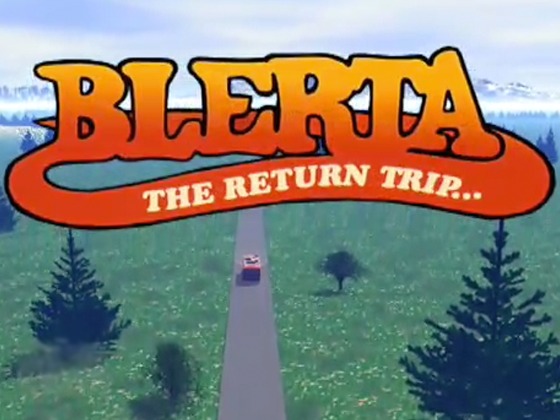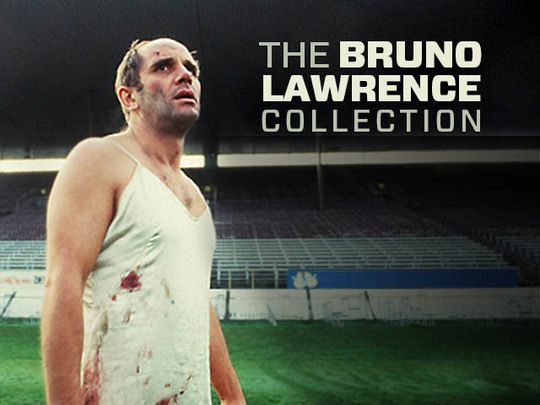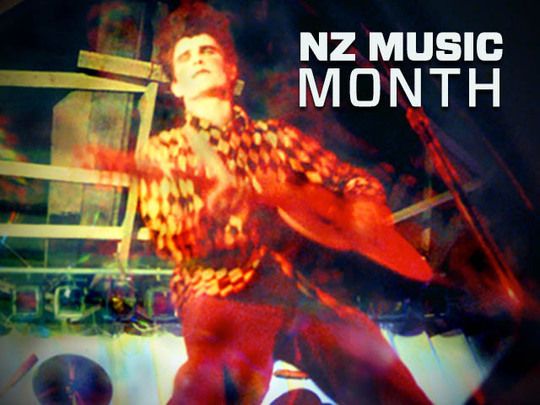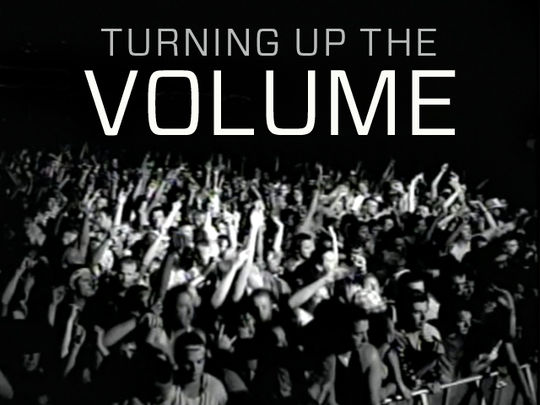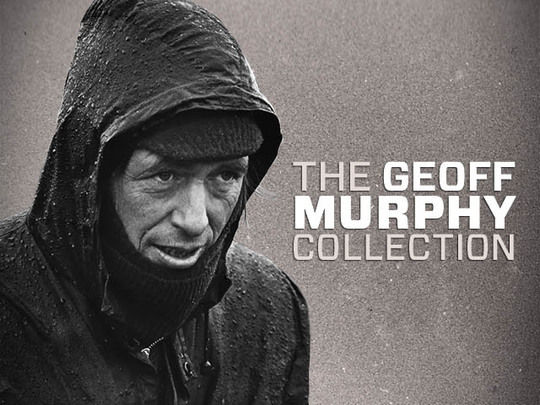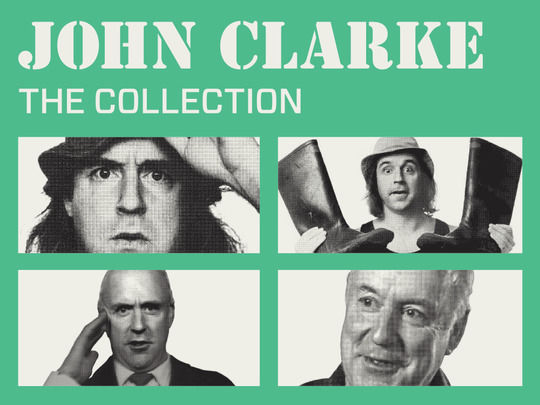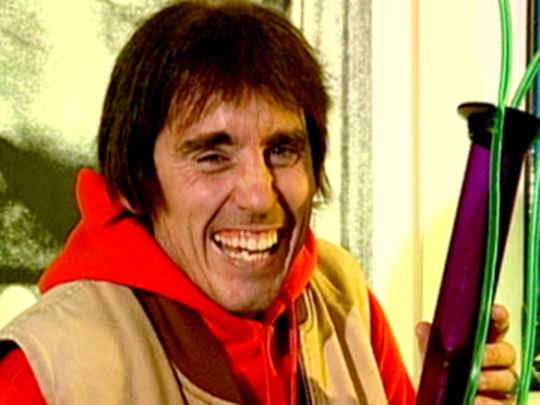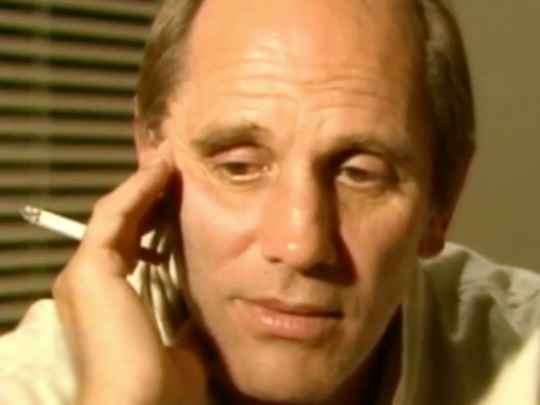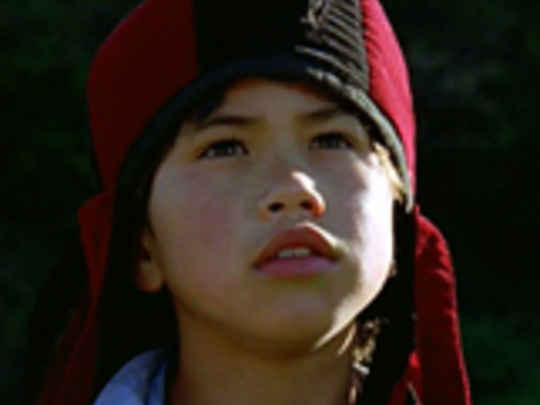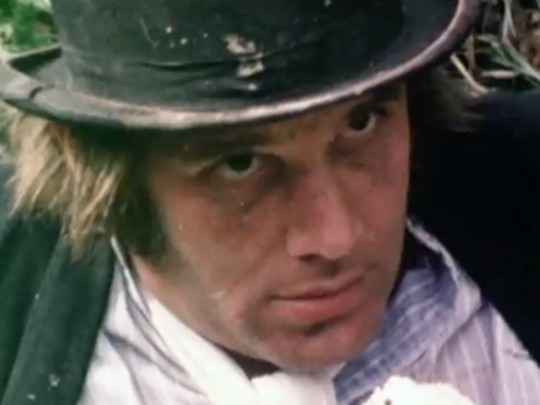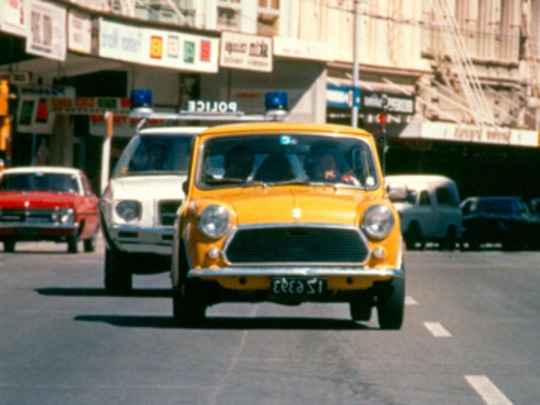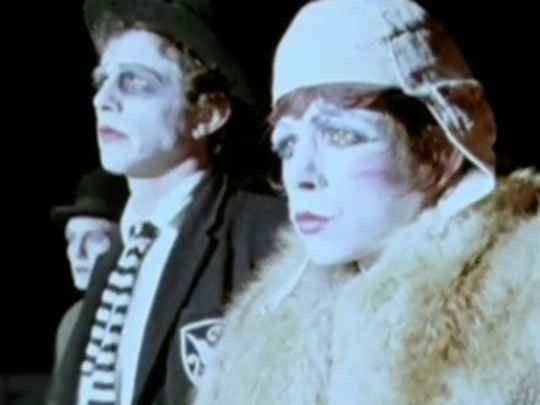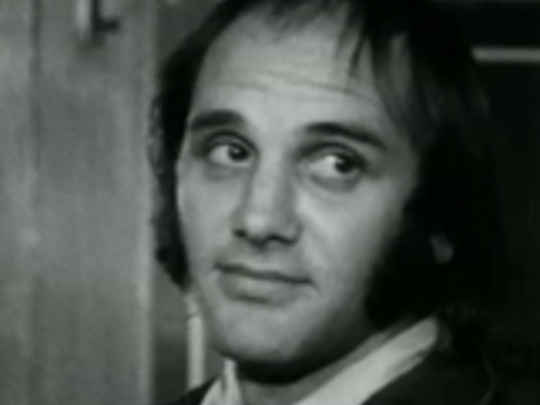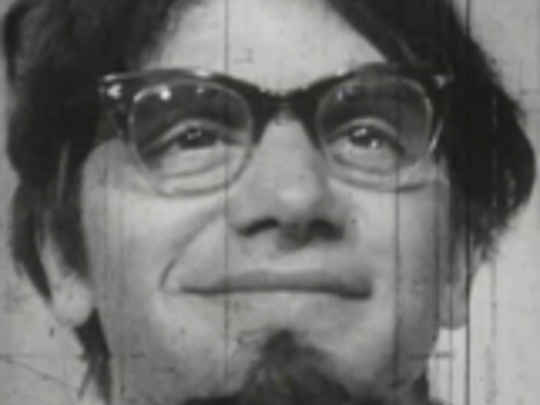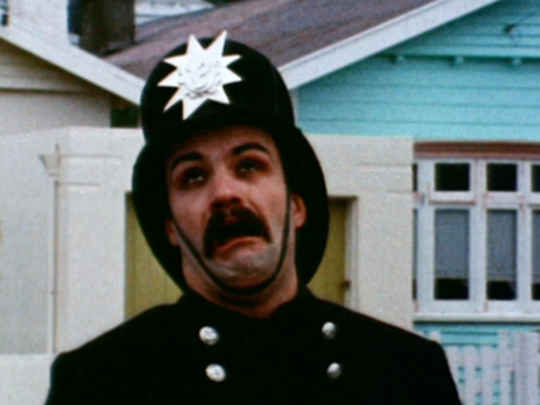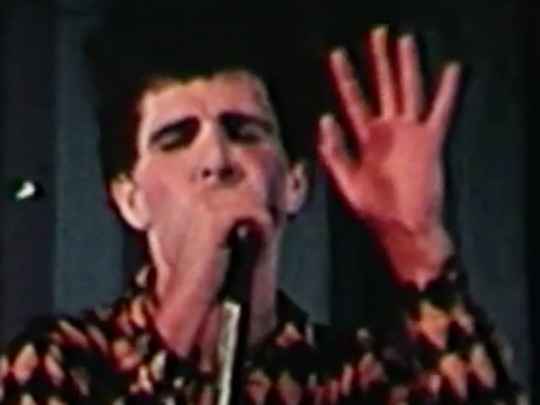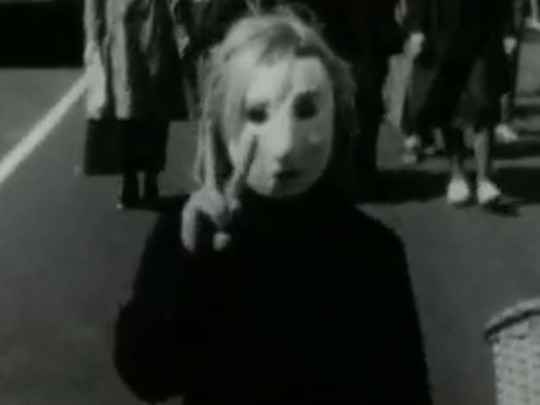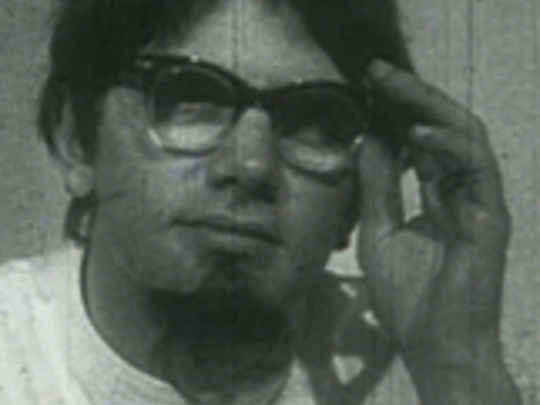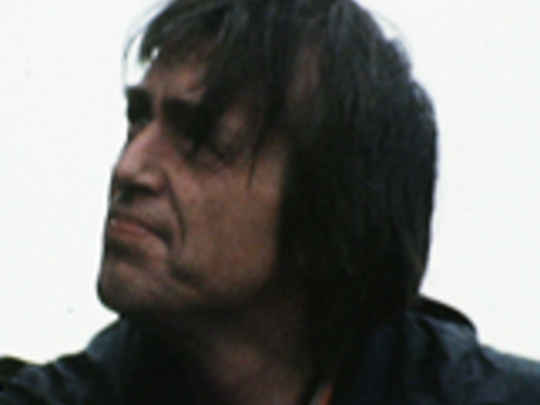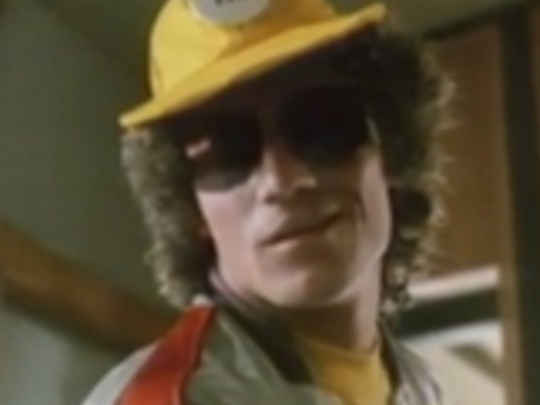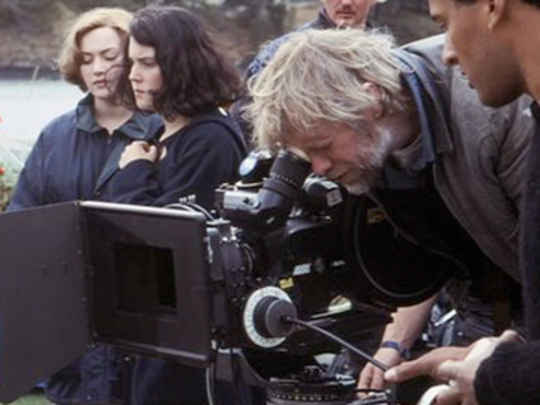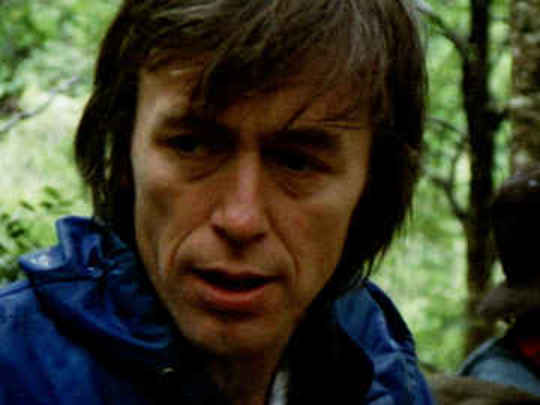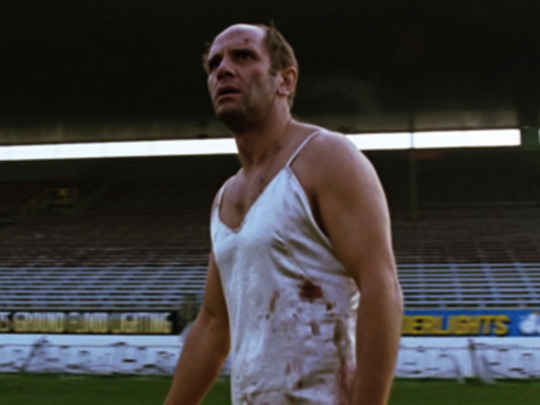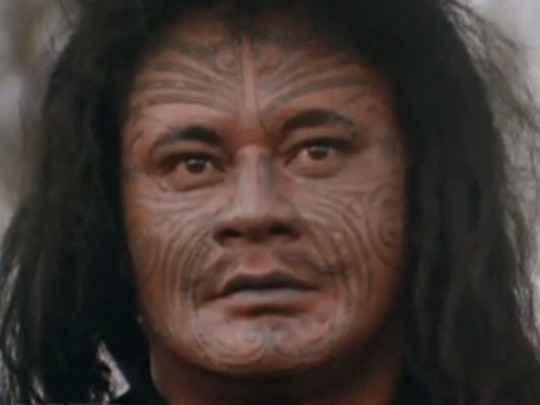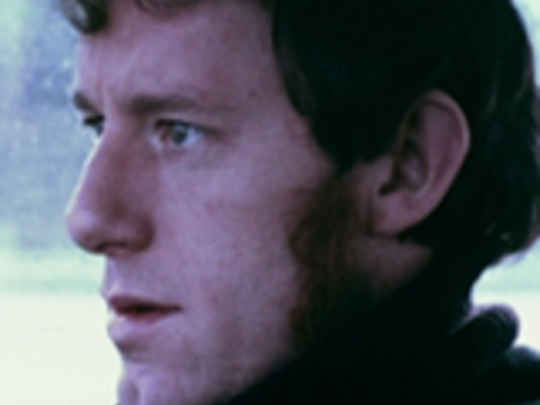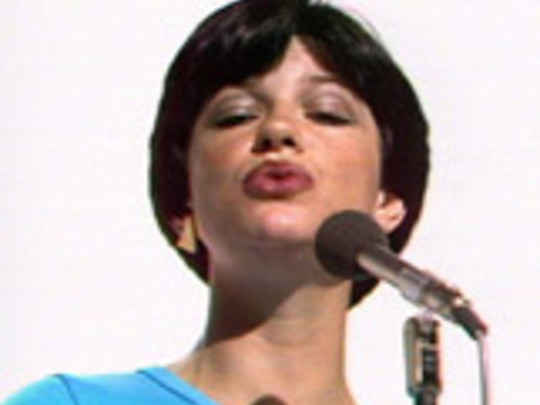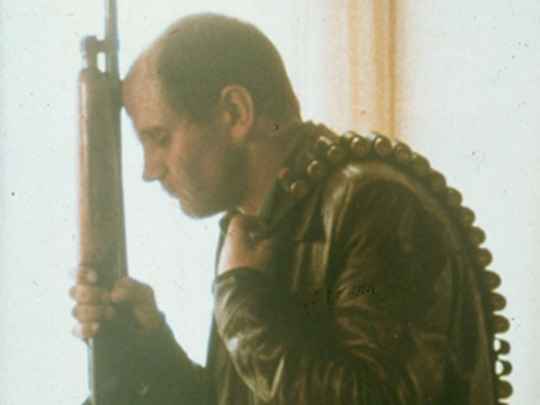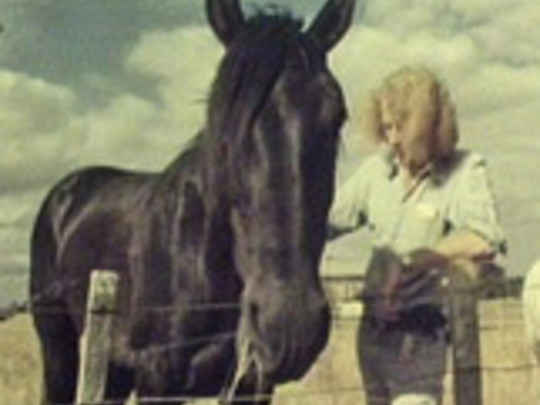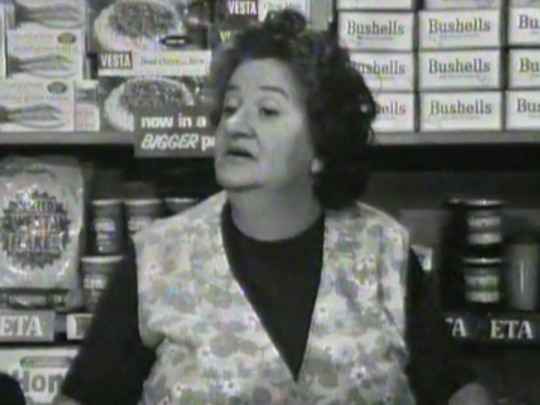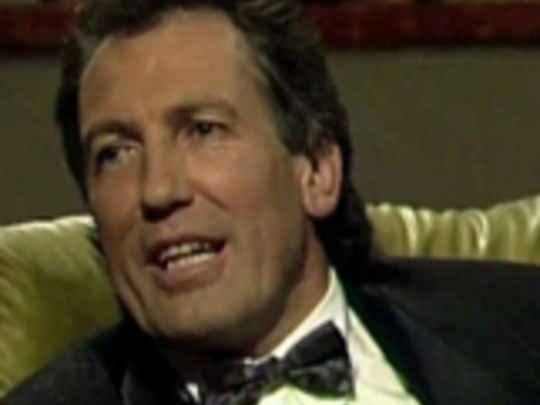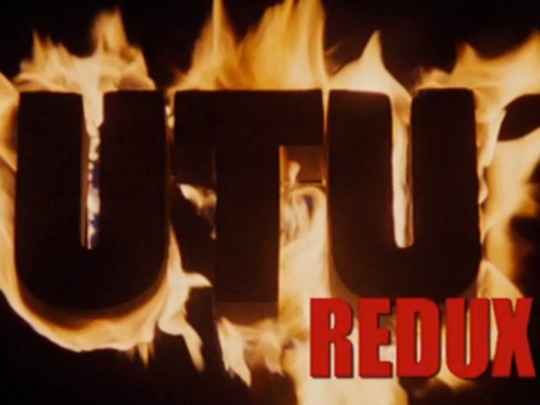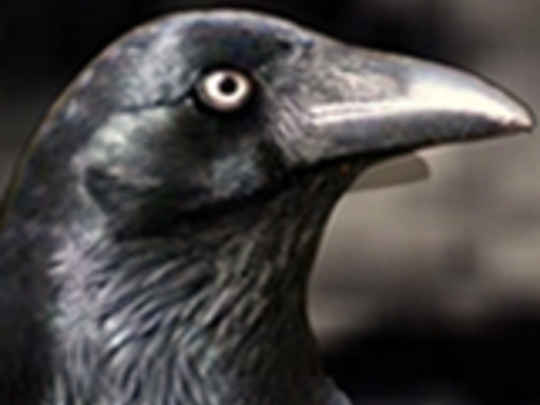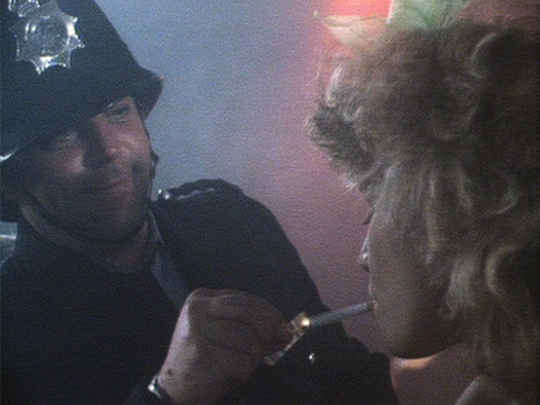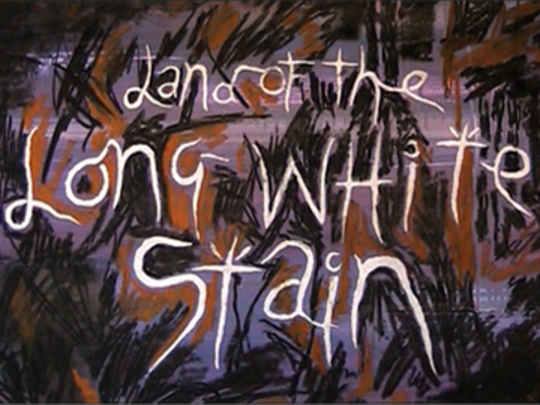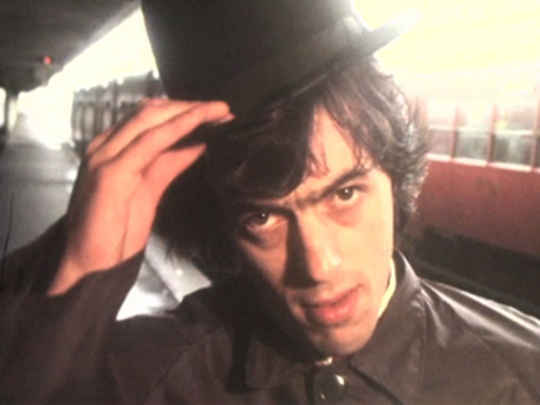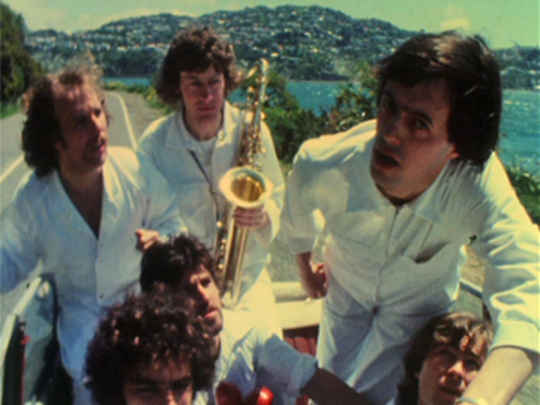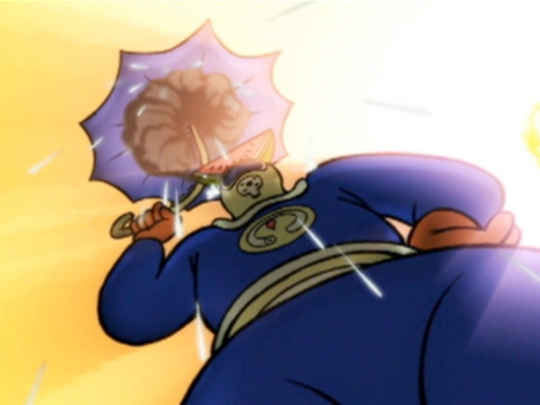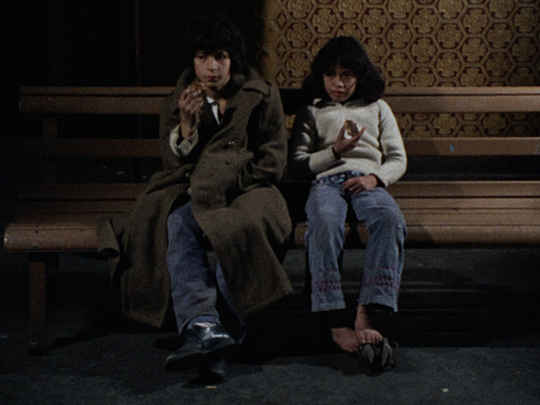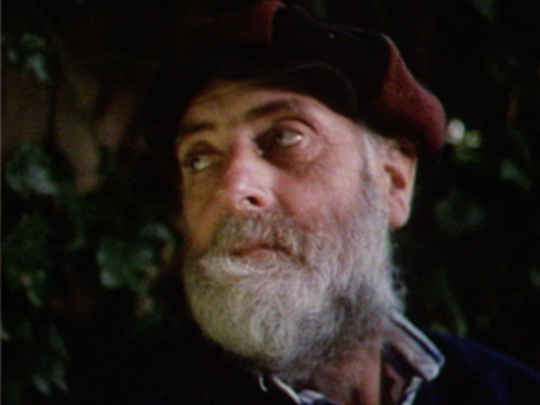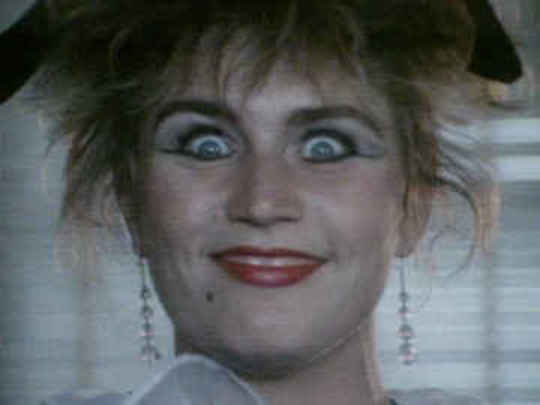Part one of six from this full length documentary film.
Part two of six from this full length documentary film.
Part three of six from this full length documentary film.
Part four of six from this full length documentary film.
Part five of six from this full length documentary film.
Part six of six from this full length documentary film.
The credits from this documentary film.
Blerta Revisited
Film (Full Length) – 2001
A Perspective
If a single word could sum up the free-wheeling, anarchic flavour of music and comedy in Aotearoa during the 1970s, that word would surely be ... Blerta.
Okay, granted, it is a made-up word, derived from a typically goofy 1970's anagram - The Bruno Lawrence Electric Revelation and Travelling Apparition. But the label has surely stood the test of time, and it is far less embarrassing than other contemporary acts which rejoiced in such far-out names as Mother Goose, Hogsnort Rupert, and the Bulldogs All Star Goodtime Band.
It is the extraordinary mix of talents that moved in and out of Blerta which made it such a remarkable unit. Driven by Bruno Lawrence's drumming, they could be a formidable live musical act. But the intention was to be more than just a band. With actors like Ian Watkin, Tony Barry, and Martyn Sanderson aboard, they could put on theatrics and comedy, too.
A clear antecedant for this kind of troupe can perhaps be found in Tom Wolfe's popular book, The Electric Kool Aid Acid Test, which detailed the antics of Ken Kesey and the Merry Pranksters on a cross country jaunt they took in a converted school bus.
But a confirmed Rhythm and Blues fan like Bruno Lawrence would surely have been aware that many of his musical heroes routinely migrated around the ‘Chittlin' circuit' in tour buses.
The bus meant that Blerta could travel en masse from their Waimarama commune base with their families in tow, and let their hippy freak flag fly in earnest. Fired up by the prevailing alternative zeitgeist, and such hot purveyors of satirical wit as Monty Python, the movers and shakers in Blerta were into confronting the establishment, staging happenings, or just plain making a scene.
It was when their sometime trumpet player, Geoff Murphy, quit teaching to explore his film making interests, that the whole thing gelled and went to another level. Murphy and his frequent collaborator, cinematographer Alun Bollinger tied together the disparate strands of Blerta into a wild array of filmic frolics.
As an indication of how free, or desperate, local broadcasting was at the time, Blerta were invited to put together a six part TV series for prime time viewing. The results were distinctly mixed, but the show won a Feltex award, and it was popular with young people.
Blerta did not long survive the series. As a performing entity it fell apart due to the competing interests of a revolving membership. But it was to be a catalyst for many future careers, including arguably most of the core founding talents of the NZ film industry.
In 2001, Geoff Murphy went back to his roots and collected together a representative sampling of clips from the Blerta series, along with other bits and pieces culled from Blerta times. Blerta Revisited was the aptly titled result.
Many of the sketches are of the slapstick Keystone Cops variety. Percy the Policeman flits in and out. Bruno Lawrence runs around like crazy. And many toilets and pianos are enjoyably desecrated or destroyed.
A mock serial involving the horrible Dr Ectomy (Ian Watkin) has lost some of its fizz over the years, but some of the more inspired comic ideas remain fresh and funny today. John Clarke contributes some memorable Fred Dagg sketches (taken from Murphy/Clarke collaboration Dagg Day Afternoon), and a short skit about an artist with a penchant for miniaturisation is one for the ages.
Musical treats include several free flowing jazz rock workouts. It's mildly surprising to hear Murphy blowing a mean trumpet, and very surprising to hear him sing. He's not bad!
Ironically, the most dated element in the whole thing is the most recent. Some rather crude CGI animations recreating the Blerta bus are used to divide and space out the period excerpts.
Overall, there's not much rhyme or reason to the assembly. One bit collides into the next without any attempt at context. This could prove unsettling for those new to this material but it feels appropriate to the DIY, manic vibe of the whole Blerta beast. Others looking for a massive nostalgia hit or for a dose of the anarchic spirit of the times won't be disappointed.
